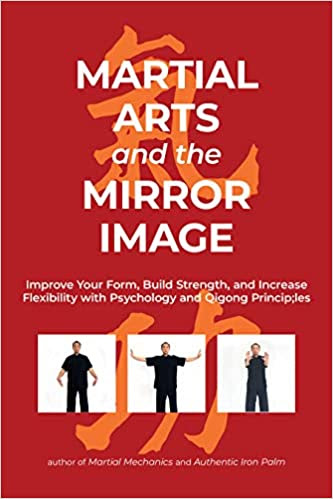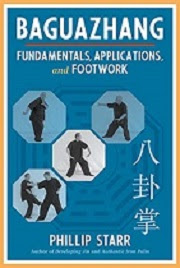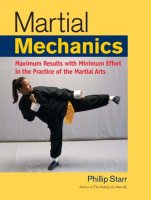By Phillip
Starr

To begin, forms are much more than just memorized movements that our forefathers found to be useful in combat. They knew, probably much better than we do, that “people don't actually fight like that.” But they also understood (also much better than we do) the real nature of hand-to-hand combat, unlike many of the current generation of “full-contact” sportsmen who wear padded gloves, are required to follow certain rules, fight in timed rounds, and – win or lose - go home at the end of the contest.
The forms that were developed by our martial arts ancestors were designed to teach principles and techniques that are essential to survival in actual combat. Different forms will provide training in various methods of weight shifting, body movement and footwork, transitioning from one type of posture or movement to another, timing, balance... And this is often performed differently, depending on the style being learned.
Karate, kung-fu, taekwondo, and other such forms of pugilism are not static postures. Our forefathers knew that. Rather, they are forms of movement. BUT they must be studied very carefully if they are to be fully understood. Real combat is very fluid and dynamic, not fixed. So are forms if you understand and are performing them correctly, as they were intended.
In a very real sense, each form teaches you to “think” in a different way. When I was young, I hated math (especially algebra) and I asked my father why we were required to learn this stuff (I knew even then that I'd never actually use algebraic formulas in my daily life and I was right). His answer was simple but very profound, “Because it teaches you to think in a different way.” I considered his answer for years and finally came to really understand just what he meant. When I mentioned this short conversation to my kung-fu teacher, Master YZ Chen, he smiled and fully agreed with my father. “Yes!”, he replied enthusiastically. “It is like that with the different sets” (forms).
In a very real sense, different forms of different styles are like different languages. If you truly want to become fluent in another language, you must learn to THINK in that language as you speak rather than first thinking of the words in English and then trying to translate them into your second language. This is something that can't be achieved overnight and it requires considerable practice on a regular basis.
Learning and practicing the individual techniques (main nouns and verbs) isn't enough. You may make yourself understood in some instances but it's a far cry from being fluent. You must master all of the other parts of the language (compare this to various forms of transitioning, body shifting, footwork, and so on). But even that isn't enough. Then you must learn the structure of the language – does the verb come before or after the noun, etc. And remember, you must practice enough that speaking this language becomes “natural” for you; you THINK in that language (and then you're truly understanding the form).
Language is fluid and dynamic. It is made up of more than just nouns and a few verbs (techniques and fixed postures) that you commit to memory. The new language isn't particularly useful at all. You can't really have a conversation that way. But if you're willing to put in the necessary study and practice, you'll eventually become fluent (fluid) enough to do so. THEN it becomes useful.







.jpg)
.jpg)














No comments:
Post a Comment